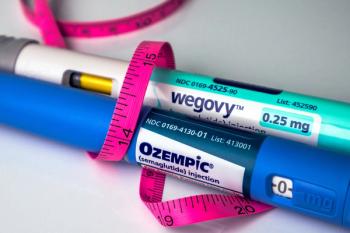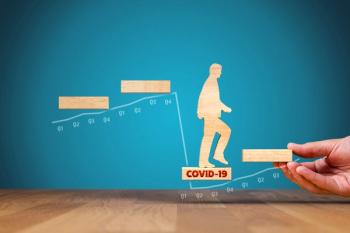
Denosumab Cost Effectiveness Varies in Postmenopausal Osteoporosis | AMCP Nexus 2024
The cost effectiveness of biosimilar denosumab for postmenopausal osteoporosis varies significantly based on factors like adherence, subsequent therapies, and treatment duration.
The cost effectiveness of biosimilar denosumab compared to bisphosphonates for treating postmenopausal osteoporosis is sensitive to various clinical scenarios. These scenarios, such as drug adherence, subsequent treatment options, and treatment duration, can significantly impact the final cost effectiveness results, according to a poster presented at the AMCP Nexus 2024 Annual Meeting.1
Denosumab is an effective initial treatment for
However, existing studies on denosumab’s cost effectiveness use different assumptions, leading to inconsistent results. Therefore, it is crucial to carefully consider these factors when developing a new cost effectiveness model for biosimilar denosumab.
Investigators aimed to assess how different clinical scenarios impact the cost effectiveness of biosimilar denosumab.
A Markov model was used to compare the costs and health benefits of biosimilar denosumab and bisphosphonates for treating postmenopausal osteoporosis. Information on hip and spine fracture rates was gathered from publicly available data and published literature.
The incremental cost effectiveness ratio (ICER) was computed per quality-adjusted life-year (QALY) gained from the perspective of a US payer. Multiple scenario analyses were undertaken to evaluate the influence of modifying variables subject to uncertainty on the ICER.
Four scenarios were identified as influencing the cost effectiveness of
In the reference case scenario, assuming complete adherence and that subsequent therapy consisted solely of alendronate, wrist fracture efficacy was informed by a 2016 study of 84,070 patients, and treatment duration was 10 years, resulting in an ICER of $101,017 per QALY for biosimilar denosumab compared with alendronate.
Modifying each factor individually affected the cost effectiveness as follows: considering patient adherence increased the cost per additional year of quality life gained to $103,122, adding other bisphosphonates as follow-up treatments increased it to $106,519, using a different 2013 study on fracture risk increased it to $106,909, and shortening treatment to 5 years decreased it to $64,123.
Given the sensitivity of the results to different assumptions, the final model should reflect how real-world treatment patterns observed in other studies. According to investigators, this approach aligns with best practices in economic modeling.
To maximize the value of biosimilar denosumab, policymakers and payers should explore strategies to promote optimal adherence and consider the potential impact of different treatment pathways on long-term outcomes. By incorporating these insights into reimbursement policies and clinical guidelines, health care systems can better support the use of biosimilar denosumab and improve patient outcomes while controlling costs.
READ MORE:
Pharmacy practice is always changing. Stay ahead of the curve: Sign up for our
References
1. Flanigan J, Kane S, Fashami F, et al. Influence of clinical scenarios on cost-effectiveness model results for biosimilar denosumab in women with postmenopausal osteoporosis. Presented at: AMCP Nexus 2024 Annual Meeting; October 14-17, 2024; Las Vegas, NV. Poster M17.
Newsletter
Pharmacy practice is always changing. Stay ahead of the curve with the Drug Topics newsletter and get the latest drug information, industry trends, and patient care tips.




